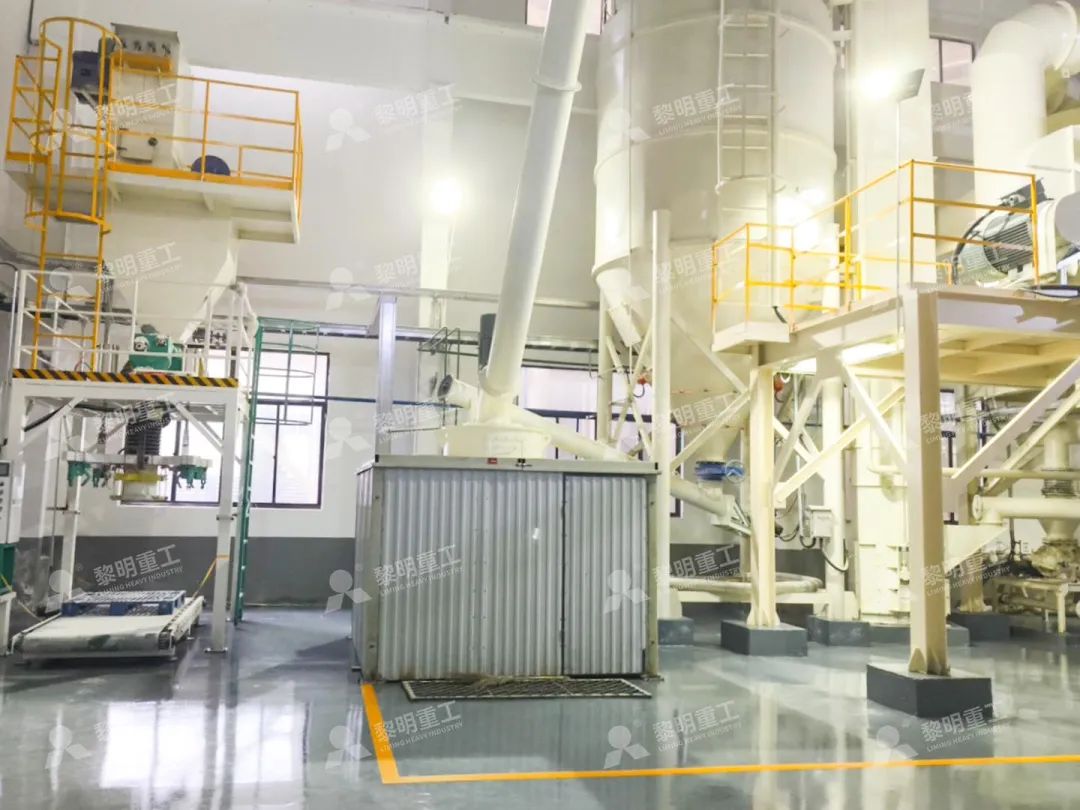Limestone Ultrafine Grinding Mill: Key Features and Applications
Limestone Ultrafine Grinding Mill: Key Features and Applications
In today’s demanding industrial landscape, the production of ultra-fine limestone powder has become increasingly crucial across numerous sectors. The right grinding equipment can make all the difference in achieving optimal particle size distribution, production efficiency, and operational economy. This article explores the essential characteristics and diverse applications of modern limestone ultrafine grinding technology.
The Growing Demand for Ultra-Fine Limestone Powder
Limestone, one of the most abundant natural minerals, finds applications far beyond traditional construction materials. The chemical, pharmaceutical, paint, and food industries now require precisely controlled particle sizes to enhance product performance and functionality. Ultra-fine limestone powder, typically ranging from 325 to 2500 meshes, offers improved reactivity, better dispersion, and superior physical properties compared to conventional ground limestone.

Advanced Grinding Technology for Superior Results
Modern ultrafine grinding mills have evolved significantly from traditional ball mills and Raymond mills. The integration of advanced powder separation technology, precision engineering, and environmental controls has revolutionized limestone processing. Among the standout performers in this category is our MW Ultrafine Grinding Mill, which represents a significant leap forward in grinding efficiency and operational reliability.
The MW series is specifically engineered for customers requiring ultra-fine powder production. With an input size capacity of 0-20 mm and production rates ranging from 0.5 to 25 tons per hour, this machine delivers exceptional performance across various applications. What truly sets it apart is its innovative design that eliminates rolling bearings and screws within the grinding chamber, effectively addressing common failure points that plague conventional mills.
Key Operational Advantages
One of the most compelling features of advanced ultrafine grinding mills is their remarkable energy efficiency. The MW Ultrafine Grinding Mill demonstrates this perfectly, consuming approximately 30% less energy compared to jet grinding mills while achieving 40% higher production capacity. This efficiency stems from newly designed grinding curves of the grinding roller and ring, which optimize the grinding trajectory and material-bed compression.
The adjustable fineness between 325-2500 meshes provides manufacturers with unprecedented control over their final product specifications. This flexibility is made possible through German-engineered cage-type powder selector technology, which ensures precise particle classification with screening rates achieving d97≤5μm in a single pass.

Environmental and Maintenance Considerations
Contemporary industrial equipment must address environmental concerns without compromising performance. The integration of efficient pulse dust collectors and mufflers in mills like the MW series ensures minimal dust emissions and noise pollution. The external lubrication system represents another significant advancement, allowing for maintenance without production stoppages, thereby supporting continuous 24-hour operations.
For operations requiring even higher throughput with exceptional precision, our LUM Ultrafine Vertical Grinding Mill offers an excellent alternative. With its unique roller shell and lining plate grinding curve, the LUM mill generates material layers more efficiently, producing higher quality finished products with improved whiteness and cleanliness. Its input size of 0-10 mm and capacity of 5-18 tph make it ideal for specialized applications demanding superior product quality.
Diverse Industrial Applications
The applications for ultra-fine limestone powder continue to expand across multiple industries:
- Chemical Industry: As fillers, extenders, and neutralizers in various chemical processes
- Paints and Coatings: Providing opacity, brightness, and improved rheological properties
- Cosmetics: Serving as functional fillers in personal care products
- Pharmaceuticals: Acting as excipients in tablet formulations
- Food Industry: Functioning as calcium supplements and acidity regulators
- Plastics and Polymers: Enhancing mechanical properties and reducing material costs

Future Trends and Considerations
As industries continue to demand finer particle sizes with tighter distribution curves, grinding technology must evolve accordingly. The integration of digital control systems, remote monitoring capabilities, and predictive maintenance features are becoming standard expectations. The comprehensive technical support and original spare parts availability for equipment like the MW and LUM mills ensure long-term operational reliability and minimal downtime.
When selecting an ultrafine grinding mill for limestone applications, manufacturers should consider not only the initial investment but also long-term operational costs, including energy consumption, maintenance requirements, and spare parts availability. The advanced engineering behind modern grinding mills addresses these concerns through innovative design features that maximize productivity while minimizing total cost of ownership.
Frequently Asked Questions
What is the typical energy consumption of an ultrafine grinding mill for limestone?
Advanced models like the MW Ultrafine Grinding Mill consume approximately 30% less energy compared to conventional jet grinding mills while achieving 40% higher production capacity. The exact energy requirements vary based on the desired fineness and material characteristics.
How fine can limestone be ground using modern grinding technology?
With equipment like the MW series, limestone can be ground to fineness levels between 325-2500 meshes, with the ability to achieve screening rates of d97≤5μm in a single pass through advanced powder separation technology.
What maintenance considerations are important for ultrafine grinding mills?
Modern designs eliminate common failure points by removing rolling bearings and screws from the grinding chamber. External lubrication systems allow maintenance without production stoppages, while digital monitoring enables predictive maintenance scheduling.
How do environmental controls function in contemporary grinding mills?
Integrated pulse dust collectors effectively capture particulate matter, while mufflers and noise elimination rooms reduce operational noise. The entire system operates in compliance with national environmental protection standards.
What production capacities are available for industrial-scale limestone grinding?
Equipment like the MW Ultrafine Grinding Mill offers capacities ranging from 0.5 to 25 tph, while the LUM Ultrafine Vertical Grinding Mill provides 5-18 tph capacity, allowing operations to select the appropriate scale for their production requirements.
